The role of technology in the production of urban security
In Montevideo, urban security is produced by diverse modes of technology. ISTP’s Jonas Hagmann and UdelaR’s Diego Sanjurjo encounter mundane fortifications in residential areas, a highly sophisticated public police force, and a non-tech penitentiary on fieldwork.

What role is there for technology in the production of urban security? Fieldwork in the Uruguayan capital of Montevideo points to impressively diverse forms and uses: In residential areas, mundane gating and surveillance tools abound. In mid-income neighbourhoods, up to 95% of all private residences are equipped with automated alarm systems, and freestanding family homes are being abandoned in favour of guarded apartment buildings. In public space, by contrast, authorities roll out powerful new big-data based policing methods.
The National Police’s vanguard Programa de Alta Dedicación Operativa allocates a significant share of personnel to hotspot policing, and optimises its deployments through new nationwide crime and complaint databases, as well as a high-tech unified command centre. High-tech is not the only game in town, however, and parts of the national penitentiary system, such as the Cárcel Punta de Rieles, deliberately renounce on digital and video surveillance, emphasising inmate’s professional education, business development and civil engagement instead.
Montevideo is the third case study in the SNSF Ambizione research programme “Securing the city: The politics and practices of urban protection”, led by ISTP’s Dr. Jonas Hagmann, and implemented in Uruguay in collaboration with UdelaR PostDoc external page Dr. Diego Sanjurjo. It connects and compares to work on the Swiss cities of Zürich, Basel and Bern, the Moroccan city of Marrakech, and the Nepali capital of Kathmandu.
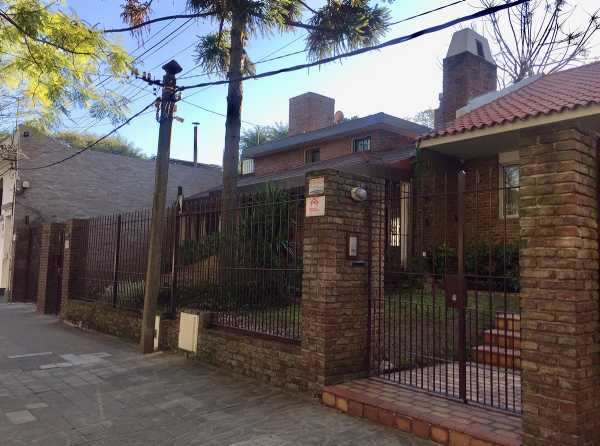
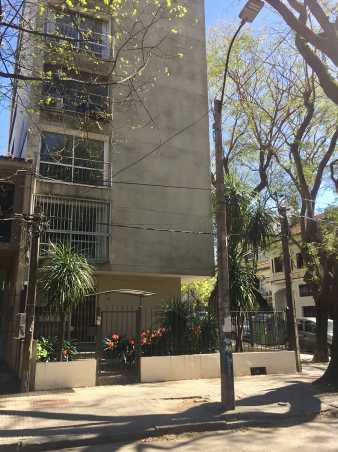 The Uruguayan Policía Nacional optimises its work by big-data led crime and patrol tracking, the creation of integrated national crime and criminal complaint databases, and the creation of a unified command centre.
The Uruguayan Policía Nacional optimises its work by big-data led crime and patrol tracking, the creation of integrated national crime and criminal complaint databases, and the creation of a unified command centre. 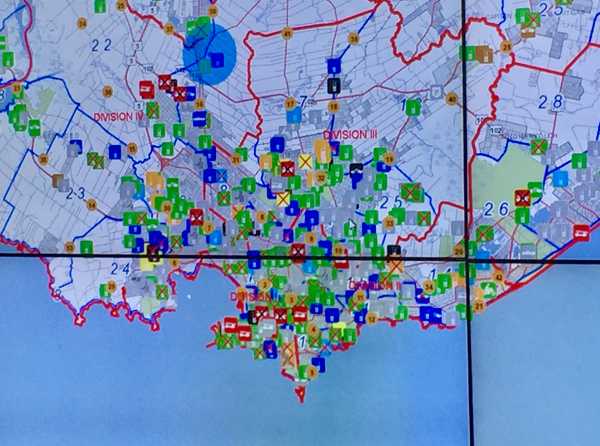 Punta de Rieles prison experiments with alternative forms of incarceration. It renounces on high-tech surveillance, allows for family visits and overnight stays, and emphasises inmates’ professional education, business development and civil engagement.
Punta de Rieles prison experiments with alternative forms of incarceration. It renounces on high-tech surveillance, allows for family visits and overnight stays, and emphasises inmates’ professional education, business development and civil engagement.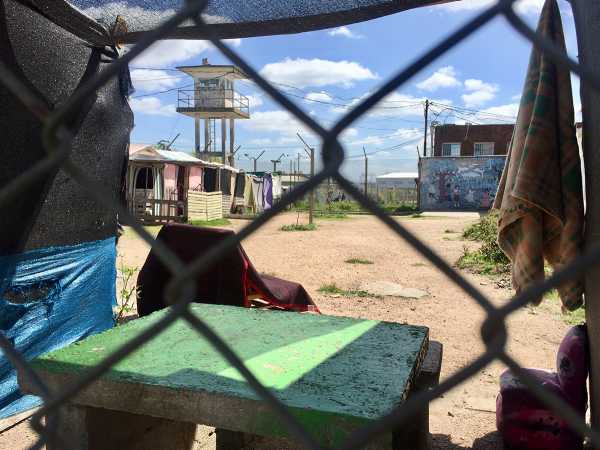
 Civil engagement takes varied forms at Punta de Rieles. 30y old Adrian Baraldo, for instance, convenes the prison’s art club, and teaches sophisticated political science theories of incarceration, discipline and control to fellow inmates.
Civil engagement takes varied forms at Punta de Rieles. 30y old Adrian Baraldo, for instance, convenes the prison’s art club, and teaches sophisticated political science theories of incarceration, discipline and control to fellow inmates.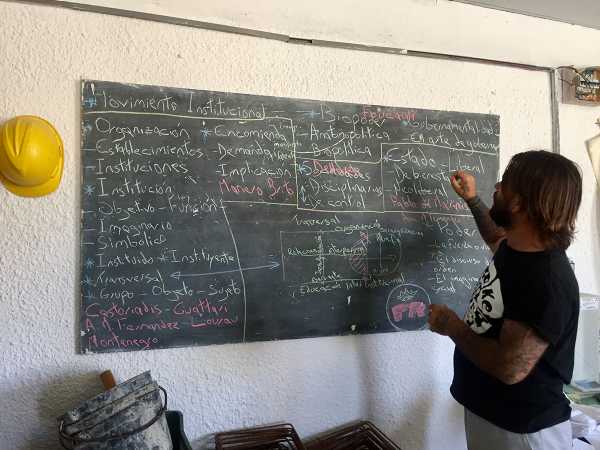
For publications and further information on the programme visit external page www.jonashagmann.net.